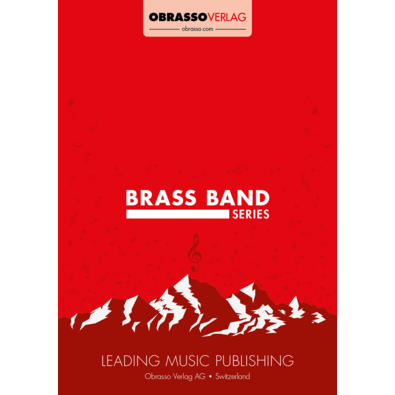We've found 91 matches for your search. Order by
Results
-
£24.95
PILGRIM PRAYER, The (Brass Band Set) - Sydney Rouse - Eric Ball
Estimated dispatch 7-14 working days
-
£24.95
PRAYER OF CHILDHOOD (Cornet Solo with Brass Band Set) - Leslie Condon
Leslie Condon originally wrote this alternative tune for the Charles Wesley hymn, 'Gentle Jesus, meek and mild' in 1963. He later scored it for cornet solo and it appears here with brass band accompaniment.
Estimated dispatch 7-14 working days
-
£24.95
SECRET PRAYER (Brass Band Set) - Erik Leidzen
An interesting and varied treatment of the old chorus 'O the voice to me so dear, breathing gently on my ear! Needy soul, look up and see, 'Tis the Saviour speaks to thee'.
Estimated dispatch 7-14 working days
-
 £50.90
£50.90The Lord's Prayer - Albert Hay Mallotte - Keith M. Wilkinson
Estimated dispatch 5-10 working days
-
 £59.80
£59.80Prayer from Rienzi - Richard Wagner
Estimated dispatch 5-14 working days
-
 £67.20
£67.20The Prayer - Carole Bayer-Sager
Estimated dispatch 5-14 working days
-
 £76.00
£76.00The Prayer - David Foster
Estimated dispatch 5-14 working days
-
 £68.00
£68.00 -
 £60.80
£60.80Hear my prayer - Felix Mendelssohn Bartholdy
Estimated dispatch 5-14 working days
-
£24.95
My Prayer
Estimated dispatch 5-14 working days
